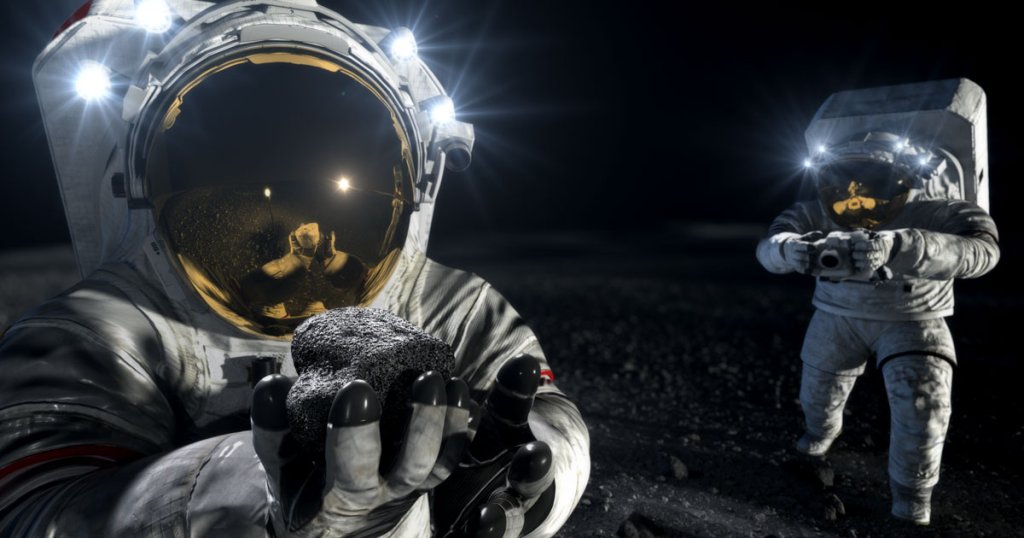
Biden Directs NASA to Figure Out What Time It Is on the Moon (Image Credit: futurism-com)
Telling the exact time on the Moon is more important than you think.
Half Past Moon
When an astronaut walks the surface of the Moon, what time should their wristwatch read?
It’s a pertinent question to the United States’ renewed efforts to establish a permanent presence on the lunar surface — and the White House is keen to come up with a universally agreed-upon standard.
So the White House’s Office of Science and Technology Policy (OSTP) has released a new memorandum in an attempt to establish a new time standard called “Coordinated Lunar Time” or LTC by the end of 2026.
The idea is that the standard will allow ongoing Moon missions to coordinate better.
“As NASA, private companies and space agencies around the world launch missions to the Moon, Mars and beyond, it’s important that we establish celestial time standards for safety and accuracy,” said OSTP deputy director for national security Steve Welby in a statement.
Clock a Doodle
The new standard will also aim to address incredibly exotic timekeeping situations.
“Time passes differently in different parts of space — for example, time appears to pass more slowly where gravity is stronger, like near celestial bodies — and as a result the length of a second on Earth is different to an observer under different gravitational conditions, such as on the Moon,” said Welby.
As SpaceNews points out, these differences are pretty tiny, taking roughly 50 years to make up for a single second of offset between the surface of Earth and the Moon.
Nonetheless, perfectly coordinating future missions to the satellite require an extremely high degree of accuracy when it comes to telling time, something that’s only bound to become more important as we launch more missions to the Moon.
A new standard is “critical to successful space situational awareness capabilities, navigation, and communications,” Welby argued.
Other than coming up with a new time zone for the Moon, NASA is also working on an interoperable network called LunaNet for communications and navigation. The National Geospatial-Intelligence Agency is also working on a positioning system to provide astronauts with the equivalent of GPS, but on the surface of the Moon.
Whether the new Coordinated Lunar Time standard will be established before the first astronauts in almost half a century touch down on the Moon no earlier than September 2026, as part of NASA’s Artemis 3 mission, remains to be seen.
More on the Moon: NASA’s First Artemis Moon Astronauts Will Bring Small Greenhouse to Lunar Surface








